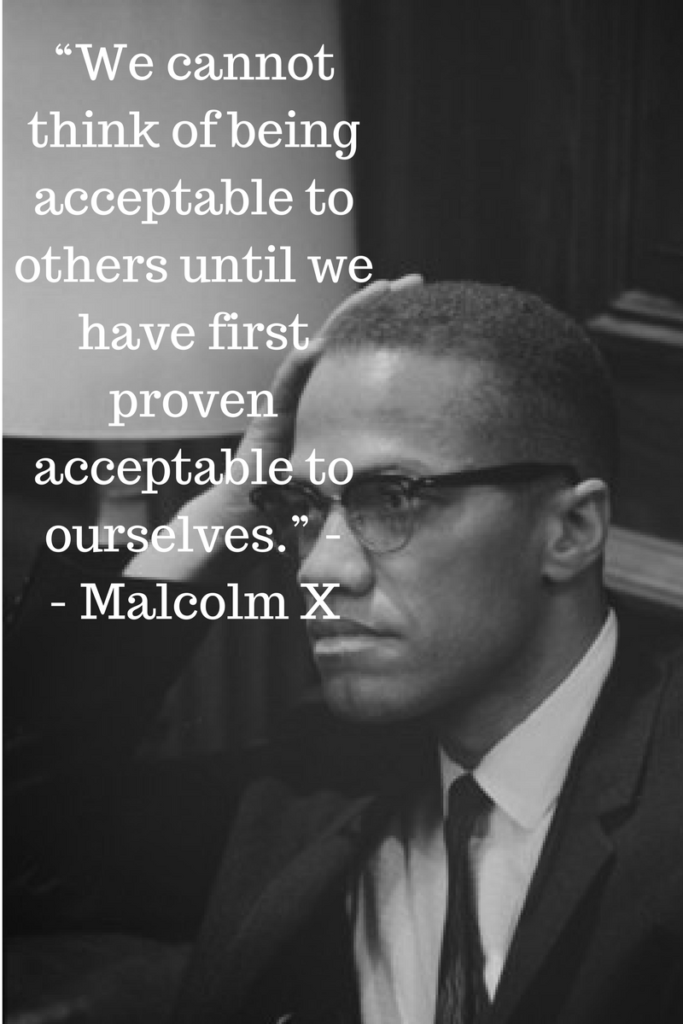The real world’s value doesn’t decrease based on our inability to see its worth. (paraphrase of an inspirational quote)

Most of us, as individuals and in community, are a bit preoccupied, and rightfully so, with our worth. Do we matter? Are our lives significant? What gives those lives meaning? Is my company, my NGO, my government, my university, our nation making a difference? These and other questions rule our thoughts and also our emotions.
Hardly surprising that our moods can swing wildly up and down depending on the feedback we get from others. Hence the motivational posters: your value doesn’t decrease based on someone’s inability to see your worth.
The reality? Each of us knows better than any outsider that we are daily falling short of our potential — and precisely how. We’re constantly striving to do better. Those outside critics are merely piling on – taking a break from contemplation of their own shortcomings to focus on our deficiencies.
That’s why criticism, however it might seem merited by those who offer it, is generally worse than useless. “Constructive criticism?” An almost negligible subset of the larger critical noise in our world. Essentially an oxymoron. (Encouragement? An entirely different matter – but a subject for another day.)
My community – the gaggle of people developing environmental intelligence[1]– is no exception. We constantly assess the value of what we do. Historically, these self-assessments have been piecemeal, subjective, anecdotal, flawed. That may have been adequate to the need in past years. Natural resources were, for practical purposes, unlimited. Whether they were renewable or non-renewable mattered little. Our vulnerability to extremes was localized; there was little critical infrastructure to be affected. The environment was pristine; natural ecosystems were thriving alongside agriculture. And the costs of monitoring all this, with the rudimentary tools we had available, together with a bit of research, was a negligible fraction of government budgets and national economies.
But today, and going forward, the picture is different. Eight billion people are consuming resources at a per capita rate tenfold greater than our ancestors. Extremes of weather and climate are disrupting megacities, destroying economies, and displacing whole populations. Signs of habitat loss, reduction in biodiversity and environmental degradation are disturbing. What’s more, the trends in these respects are worrisome.
And at the same time the costs of monitoring – making the basic measurements and observations, assimilating the data, predicting immediate weather threats and assessing longer-term global changes, and factoring in the likely societal impacts – are themselves growing.
Two ideas are emerging in this new landscape. The first is an awareness of ecosystem services:
- provision: of food, energy, water…
- regulation: control of climate, disease…
- support: of nutrient cycles, atmospheric oxygen, etc.
- culture: spiritual, recreational benefits.
Unsurprisingly, monetized estimates for the value of these are rudimentary and these vary. They tend to fall in the $10T-$50T/year range. Researchers have also estimated that the value of such services are trending downward, in response to environmental degradation, at rates that would reduce the value by 50% in a few decades or even more rapidly.
A second, related notion is that of a so-called green GDP. This is, as the name applies, a recalculation of the usual GDP estimates factoring into account the environmental consequences of that economic activity (i.e., in economics-Speak, internalizing those externalities).
Even this barest of descriptions should make it obvious: the value of ecosystem services, and hence world GDP itself, will be increasingly dependent on policy: with respect to carbon emissions, solar- and wind energy development, land use and development, and much more. Economic growth will swing up or down depending on the extent that we formulate policies congruent with the way our planet works. What’s more, policies will allocate costs and benefits, determining winners and losers. And finally, policies can either foster or suppress innovation, directly, through funding of research and development, especially in the environmental sciences and related technologies, but also indirectly with respect to K-12 public education, especially STEM education. These realities hold not just for countries individually, but for their future prospects among the international community. Countries that get their policies right will gain in influence and their ability to lead and shape the destiny of the world as a whole.
If ecosystem services and green GDP matter, then we need to get far better, rapidly, at keeping score. Thus the one policy that matters most in this future world is our policy with respect to environmental intelligence. Here, especially the race will be to the swift. We need to gain a predictive understanding of the coupled Earth-human system, one allowing us to shape a favorable destiny – versus a retrospective understanding, one that merely lets us see after the fact where we went wrong.
A couple of closing notes. The AMS 2020 Centennial Annual Meeting includes a presidential session Monday morning that will examine these issues: The Enterprise: Worth More Than You Think. But this is just the tip of the iceberg. The issue is moving to center stage at relevant federal agencies, across academia, the private sector, and NGO’s (including AMS, Resources for the Future, and others). It has been and will continue to be the topic of conversation at AMS Annual Meetings, the Washington Forum, and the Summer Community Meeting for years to come.
The Enterprise is indeed worth more than you think.
BTW? so are you.
[1]The provision of observations, science and services based on weather, water, climate, and more.

